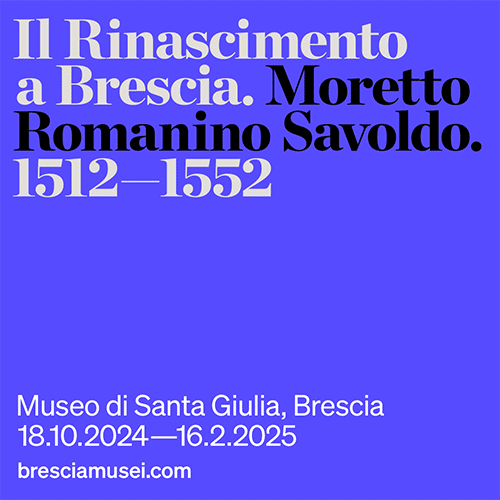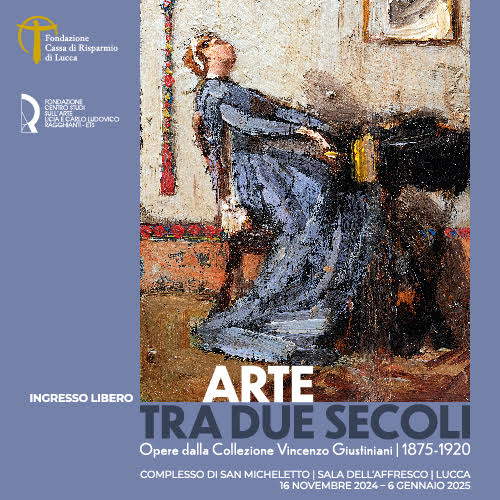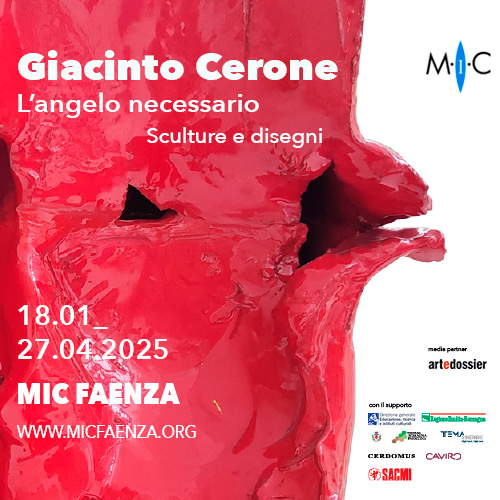A New York cartoonist is making an illuminated Divine Comedy in graphic novel style
A unique edition of The Divine Comedy, published by Facsimile Finder, is about to be born in the year of the 700th anniversary of the death of Dante Alighieri (Florence, 1265 - Ravenna, 1321): the Dante poem will become a true 21st-century illuminated codex, entirely handwritten and illustrated in graphic novel style. The monumental work, which is in the home stretch after six years of work, is the work of U.S. cartoonist George Cochrane, an artist and lecturer at Fairleigh Dickinson University in New York. Cochrane has decided to venture on a mission to encapsulate seven hundred years of Commedia-inspired art, from Michelangelo to Gustave Doré, Sandro Botticelli to William Blake, but to look to the future of new generations in a style that is fresh and accessible to all, from scholars to novice readers.
Tracing the history of the Comedy, studying it for decades and consulting the manuscripts that have passed on its importance, George Cochrane soon realized that the form best suited to his purpose was that adopted by medieval illuminators, in which text and image work together to tell the story for immediate and direct enjoyment of the work. If, however, in the Middle Ages it was a whole group of copyists and illuminators who were responsible for writing the text and illuminating a codex, George Cochrane decided to embody in himself all the figures who worked in medieval art workshops, following all the stages of production.
A meeting with Italian publishers Giovanni Scorcioni and Giulia Fogliani of Facsimile Finder, who are active in the field in the reproduction of illuminated manuscripts, allowed George Cochrane’s undertaking to be transformed into an artist’s book. In mid-March, The Divine Comedy - The New Manuscript (this is the title of the work) will be launched by a crowdfunding campaign on the Kickstarter platform, where people will be able to choose from four different fine editions, based on features and price range, starting at $80. The volumes will be entirely produced between Italy and San Marino. Moreover, the volume has already been included in Columbia University’s Digital Dante project, a rich online exhibition on the great poet, with access to numerous texts.
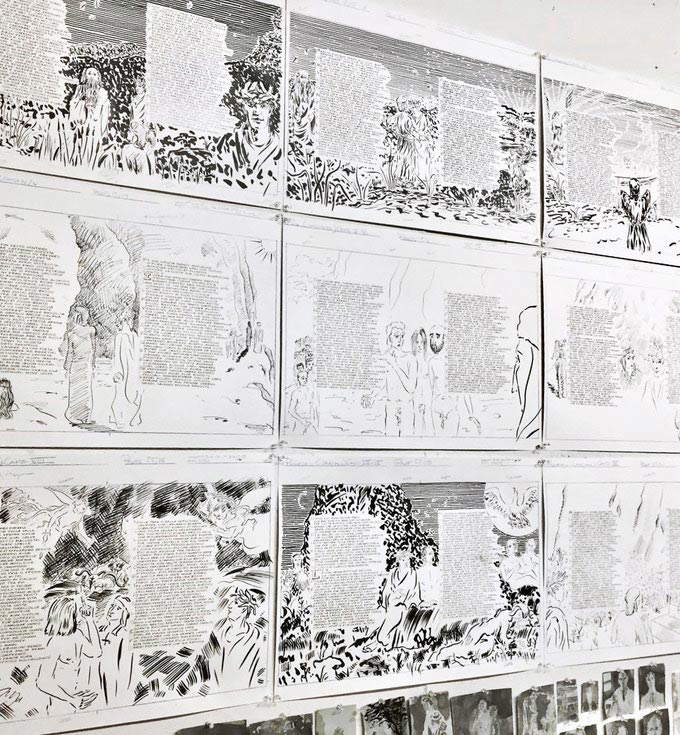 |
| George Cochrane’s plates of the Commedia |
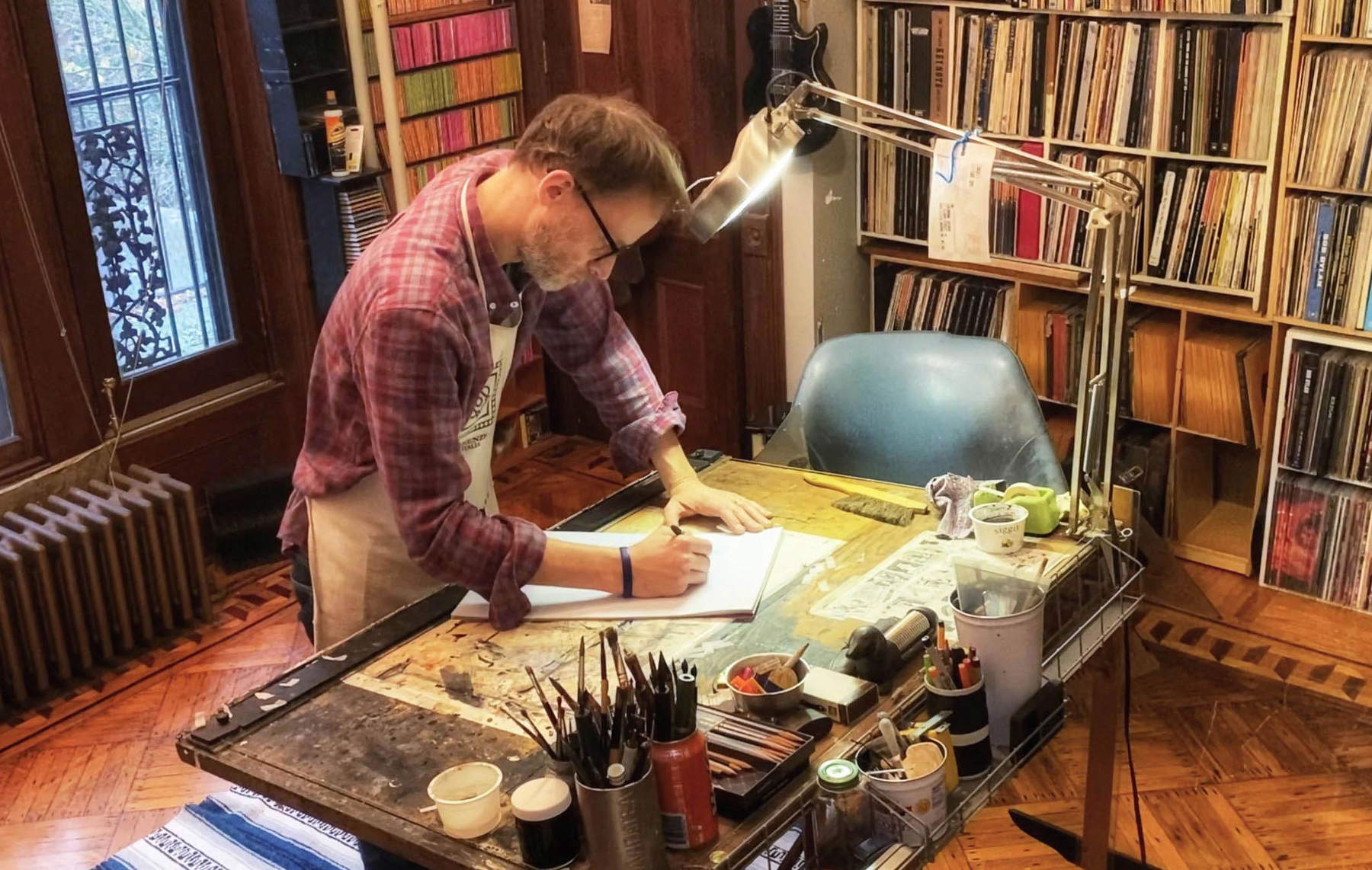 |
| George Cochrane in his study |
“George Cochrane’s illustrative project,” comments Lucia Battaglia Ricci, Professor of Italian Literature at the Universities of Pisa and Roma Tre, as well as a noted Dante scholar, “revisits in a highly original way the illustrated tradition of the fourteenth- and fifteenth-century manuscripts, proposing page after page of a personal focus on the text. To this end Cochrane measures himself against the iconographic and compositional solutions experienced by the artists who have translated Dante’s poem into images over the centuries. The result is a decidedly intriguing work of considerable interest on the level of the history of the figurative tradition of the Comedy.”
“George Cochrane’s undertaking is unprecedented and teaches us how to approach Dante,” stresses Simone Casini, professor of Italian Literature at the University of Perugia. "In fact, Cochrane, who comes from the tradition of comics, approached the Commedia beginning with the text, studying its language and even going back to the characteristic spellings of the fourteenth-century illuminated codices. Then he compared the figurative solutions that great and very great artists before him have attempted over the centuries to ’imagine’ what Dante ’saw.’ Finally, Cochrane attempted an original synthesis that was both ancient and modern, full of echoes of tradition and at the same time highly personal. Thus, we can read Dante’s journey transcribed word for word, with philological care, by a contemporary New York amanuensis. And above all, we can ’see’ Dante’s ’vision’ through highly effective, quick, nervous, often amusing images that express our sensibility as 21st century humans."
For more information about the project you can visit the Facsimile Finder website.
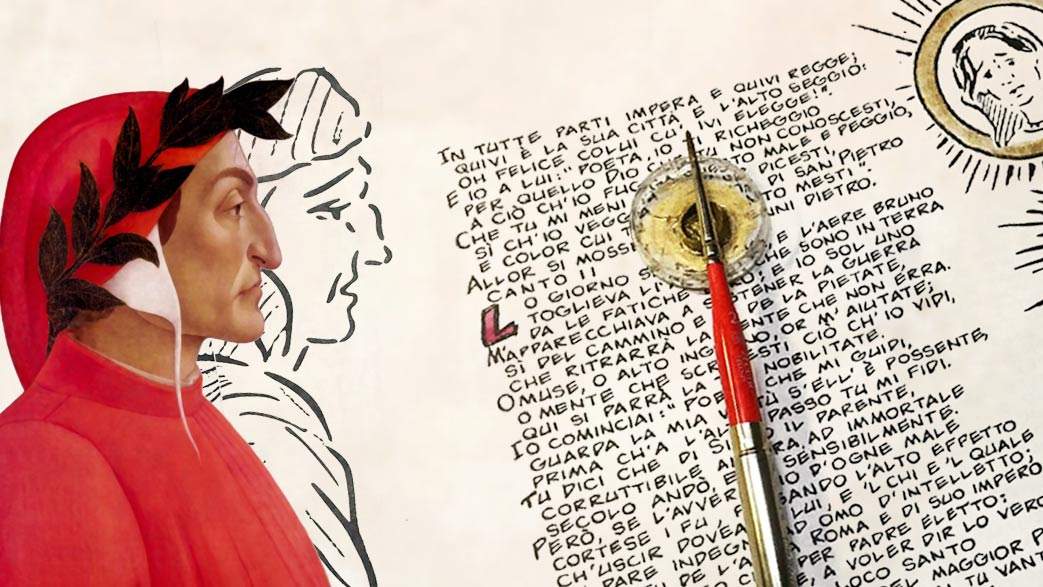 |
| A New York cartoonist is making an illuminated Divine Comedy in graphic novel style |
Warning: the translation into English of the original Italian article was created using automatic tools. We undertake to review all articles, but we do not guarantee the total absence of inaccuracies in the translation due to the program. You can find the original by clicking on the ITA button. If you find any mistake,please contact us.






